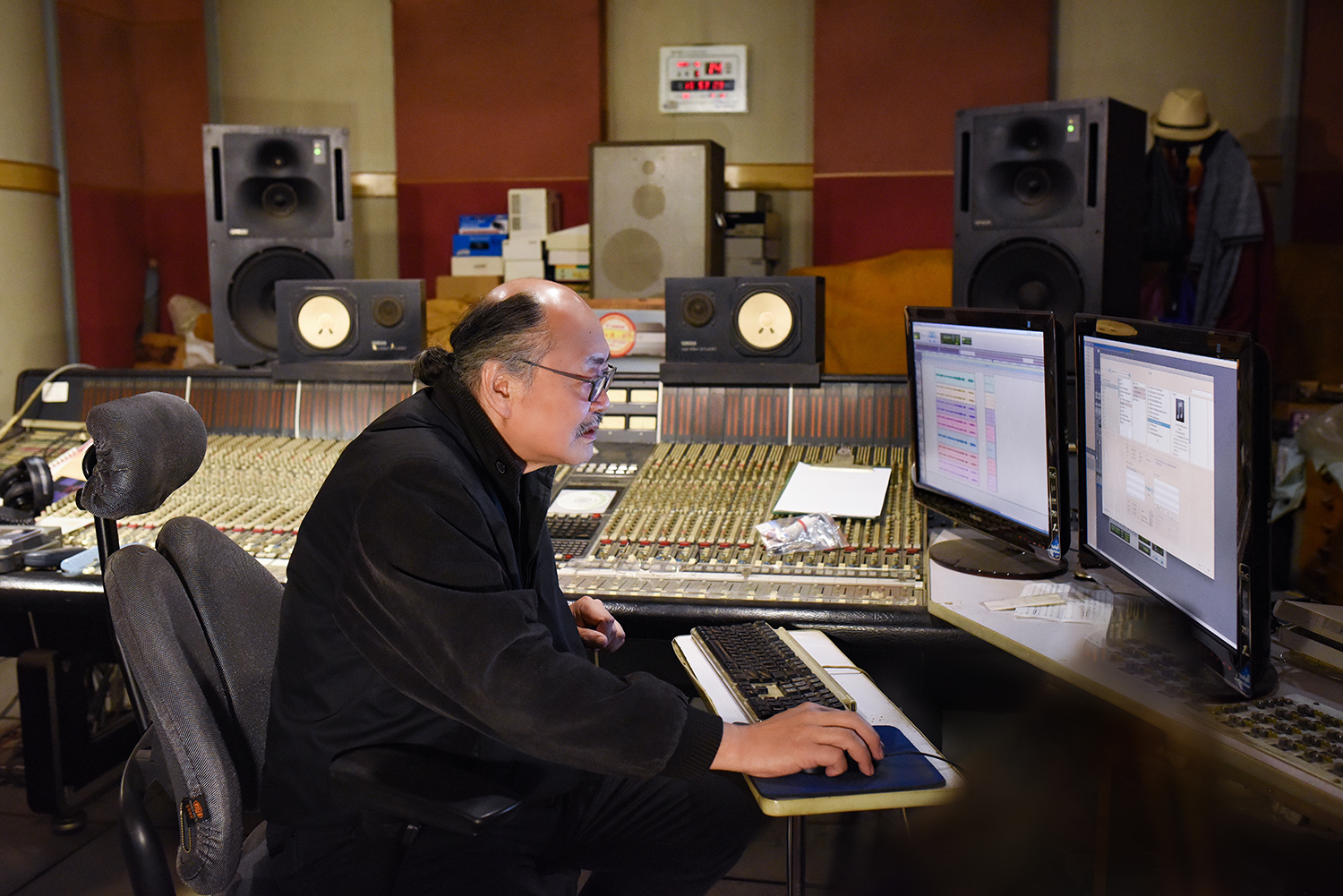Stele Studios: Inside Beijing’s legendary recording facility
Stele Studio is quietly tucked away in the courtyard of 17 Yude Alley, located in Beijing’s Ping'an Lane. While it may look modest from the outside, it has a rich and fascinating recording history stretching right back to the 1950s. And at its heart are a pair of Genelec 1038 loudspeakers that are still in daily use – despite probably being the oldest pair of Genelecs anywhere in China.
It’s thought that the studio was originally part of a radio station, but in 1979 it became the CRC Stele Recording Studio of the China Record Corporation, eventually being referred to simply as Stele Studio.
Nowadays, the studio is run by Mr. Zhang Xiaoan, one of China's finest sound engineers, and over the years its roster of engineers has read like a ‘who’s who’ of the Chinese engineering community – including Mr. Li Dakang, Mr. Shen Yuanzhi, Mr. Xu Tao, Mr. Han Baochang, Mr. Zhang Keqiang and Mr. Jian Jun.

Mr. Zhang Xiaoan
Mr. Zhang Xiaoan himself started working as a sound engineer at the China Record Corporation back in 1981, and he’s been so prolific and successful that anyone living in China has almost certainly heard one of his Stele Studio recordings. The iconic "Red Sun" album – his modern recording of classic Chinese songs – has sold over 7 million units alone since its release in the 1990s.
Stele Studios’ relationship with Genelec began in 1995, when the very first Genelec loudspeakers arrived in China. A pair of 1038A three-way midfield monitors, produced in September 1994, were installed in the recording studio of the Broadcasting Tower in Nanlishi Road, before arriving at Stele Studios three years later. And 20 years on, they are still working day and night – without ever having required servicing.

In that time, the recording world has relentlessly moved from analogue to digital, with reel-to-reel tape machines being superseded by digital audio workstations. In a similar way, even our own much-loved 1038 has undergone its own technological evolution, with the 1038’s modern counterpart – the 1238 – harnessing the power of DSP to further refine its performance, and allow it to adapt intelligently to any acoustic environment.

In addition to the 1038As, the studio uses a pair of Genelec 1019As in its small control room.
Mr. Zhang Xiaoan recalls that "I felt it was so easy to record with ProTools at the start, and recording itself seemed to become a piece of cake! The advancement of technology has really benefitted sound engineers, and provided countless possibilities for sound creation. But these tools still require a creative mind, and both knowledge and experience to achieve the best results.”
And whatever changes in recording technology have taken place, the need for a pair of accurate reference monitors remains paramount – since every single decision in the recording and mixing process relies on them. Mr. Zhang Xiaoan declares that his relationship with his 1038s is like that between a painter and their paintbrush, commenting that they "really have stood the test of time. I have become so accustomed to them."
While the current climate for commercial recording studios around the world continues to be a tough one – particularly during the current COVID–19 crisis – we hope that there are many more chapters still to be written in Stele Studios’ very long and distinguished history.
Main image: Mr. Yuan Lijun (Left) and Mr. Zhang Xiaoan (Right)

